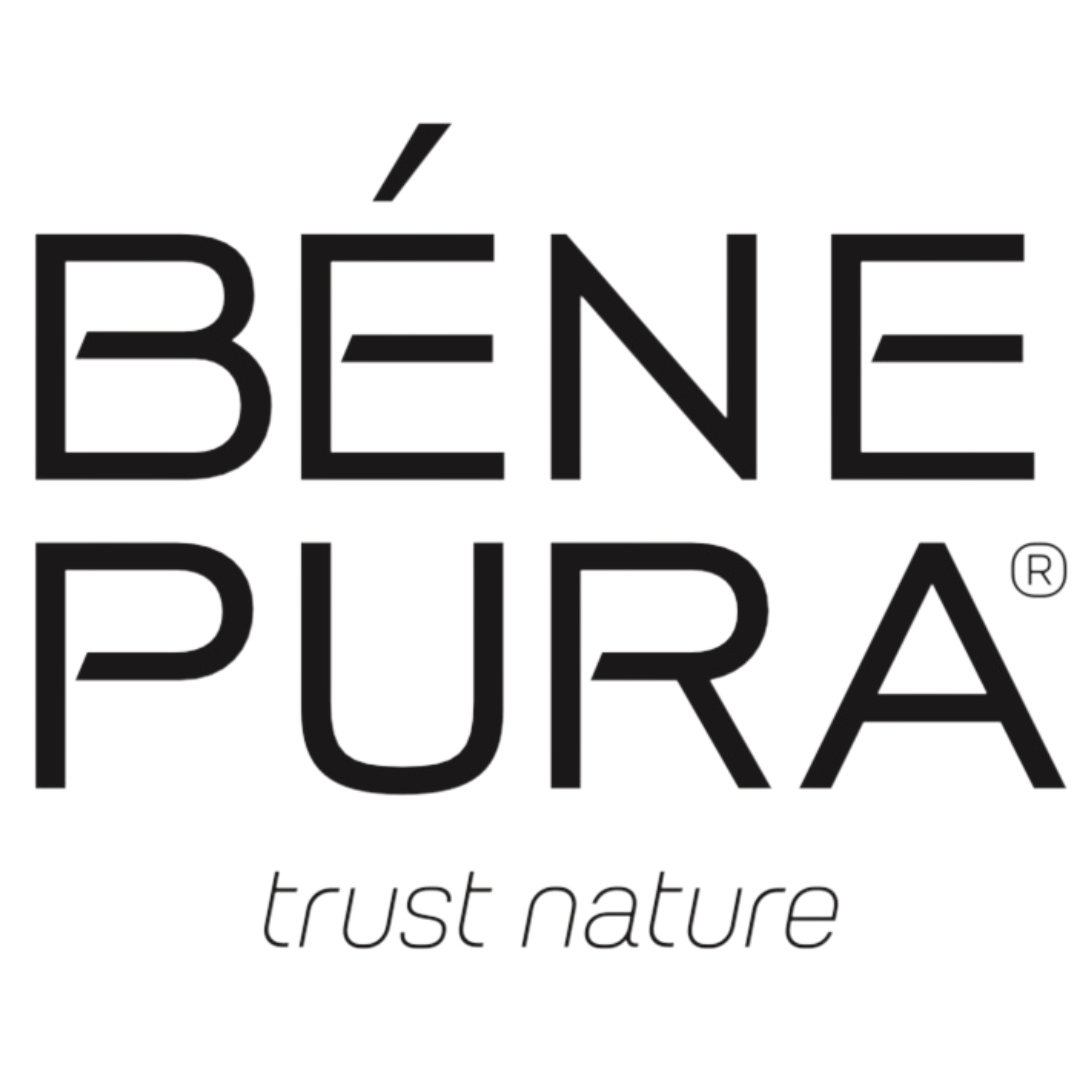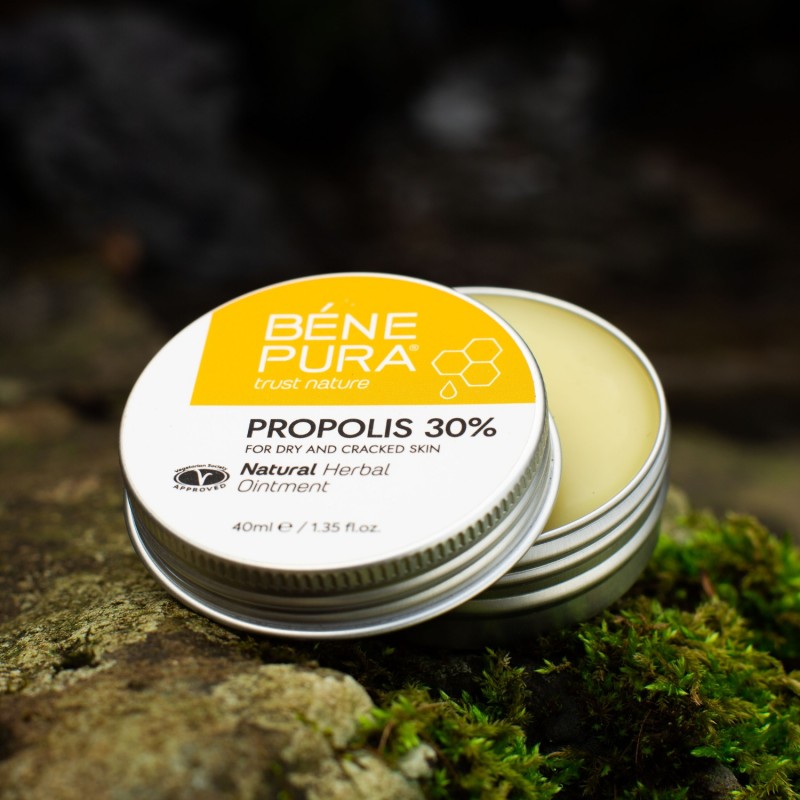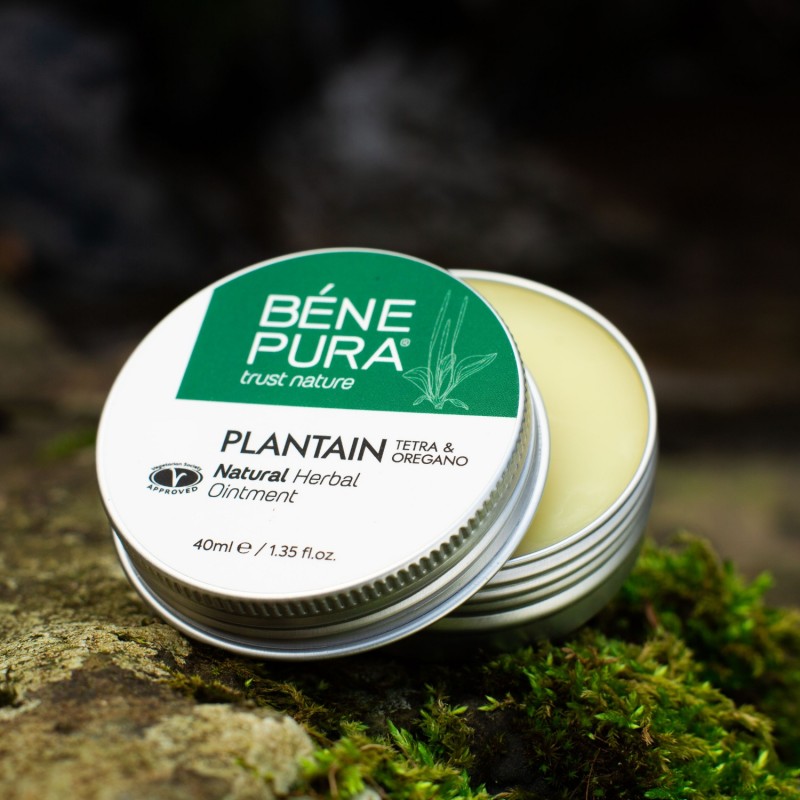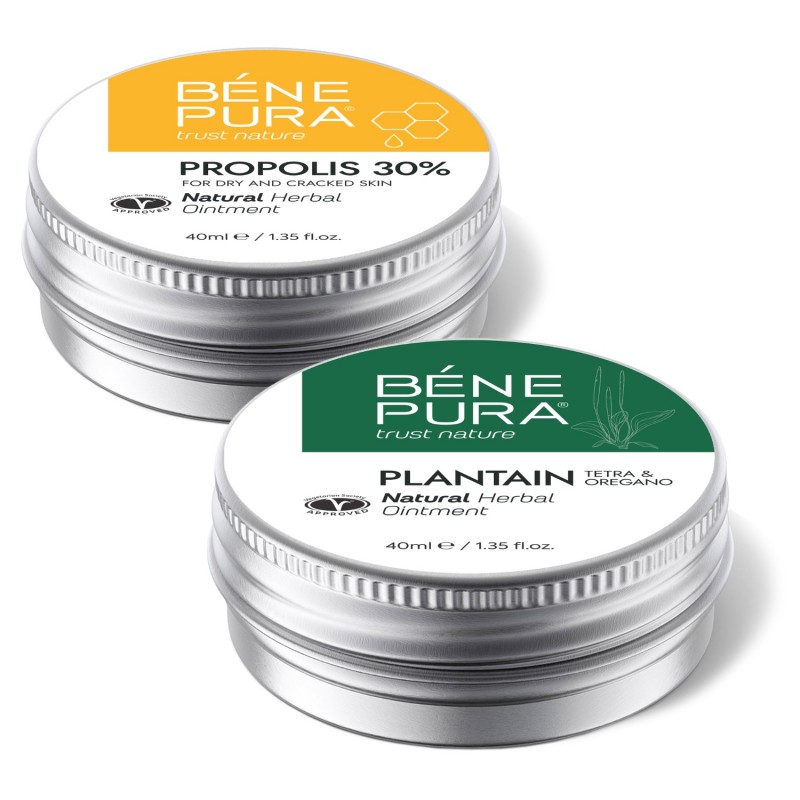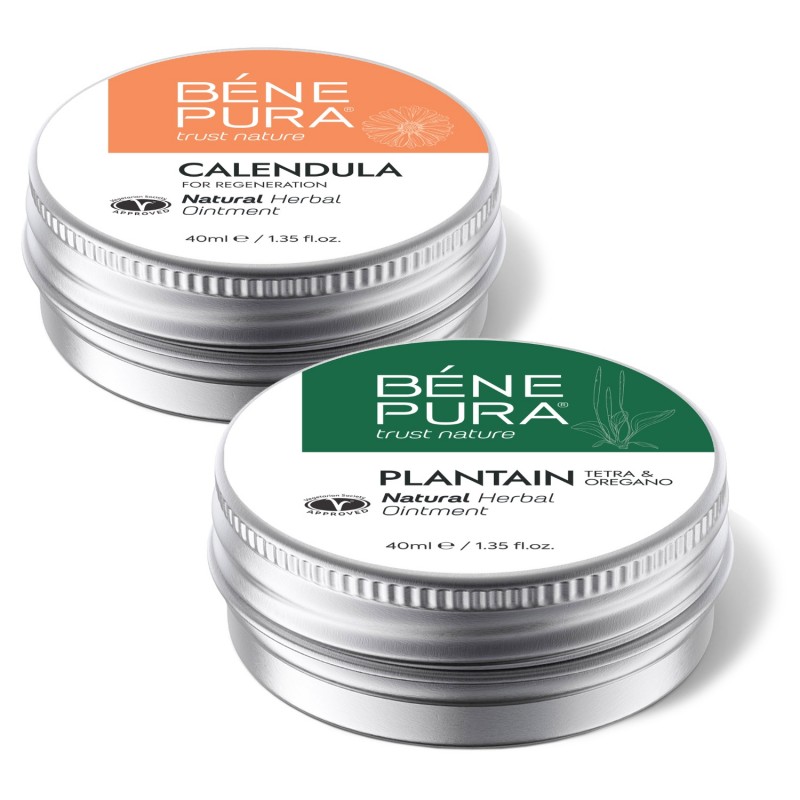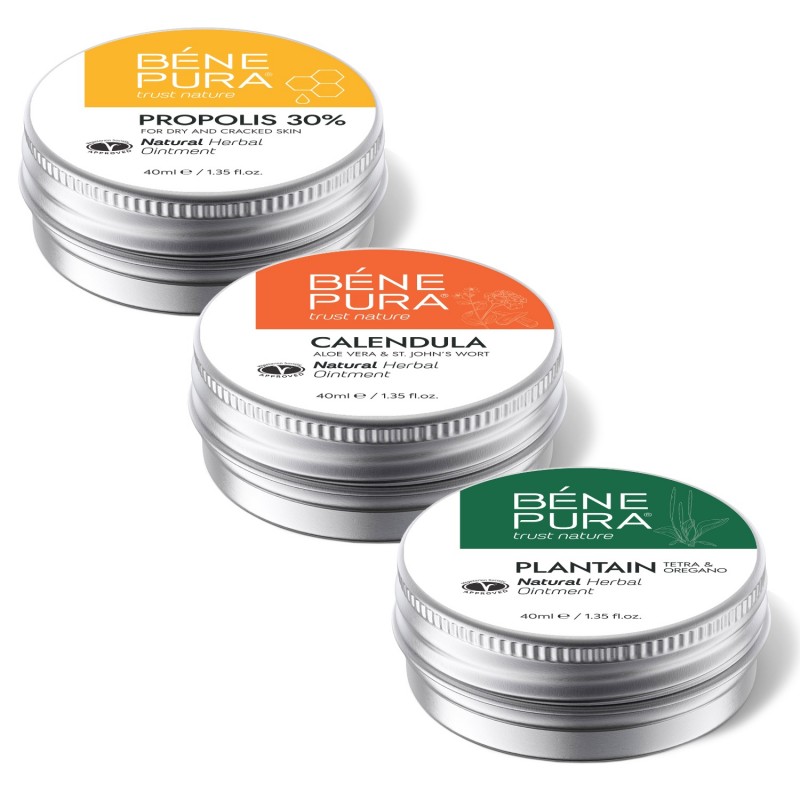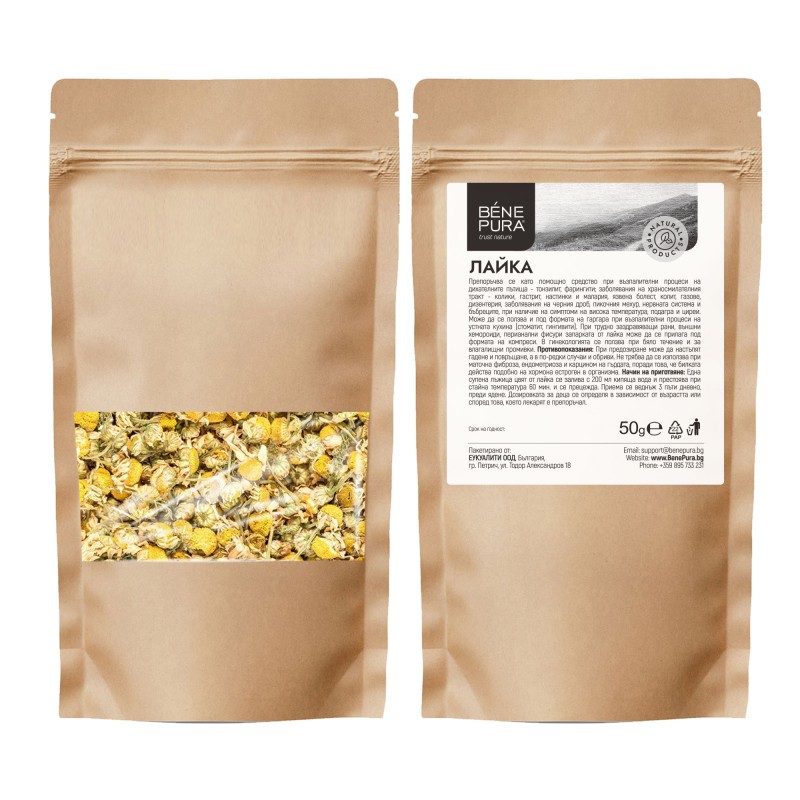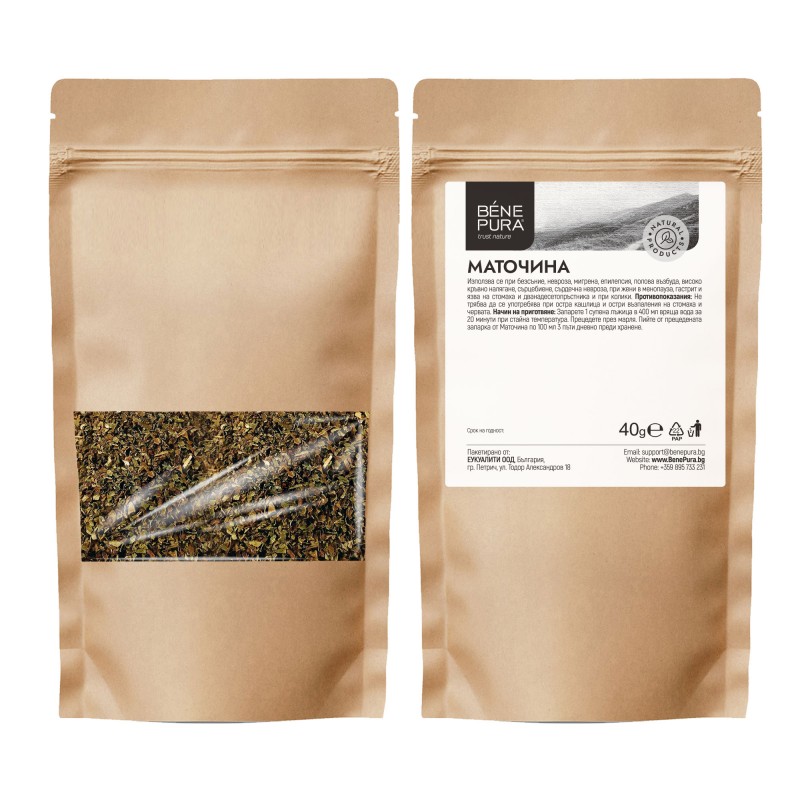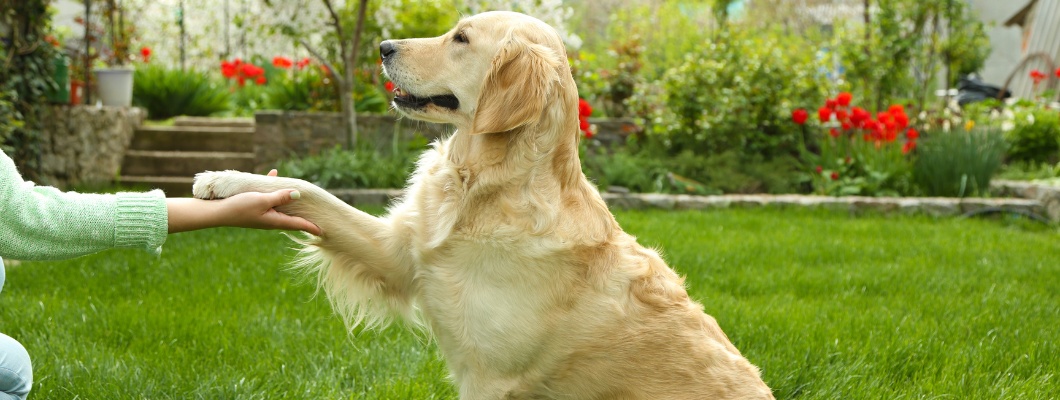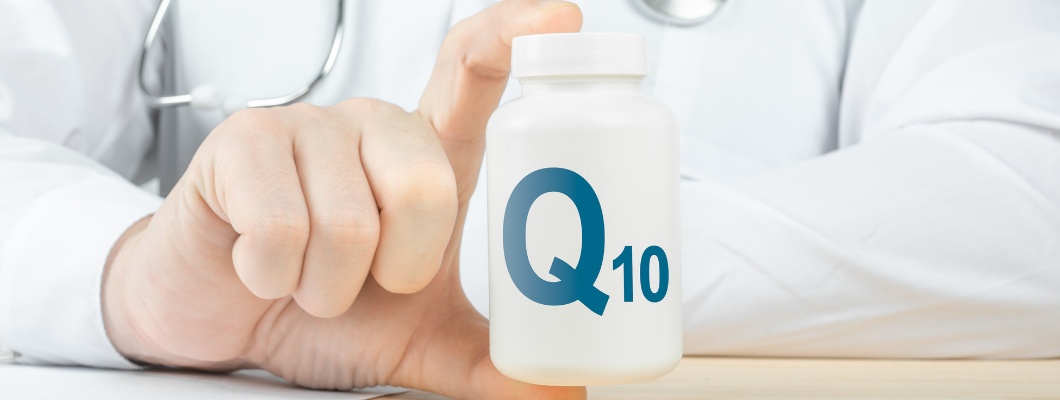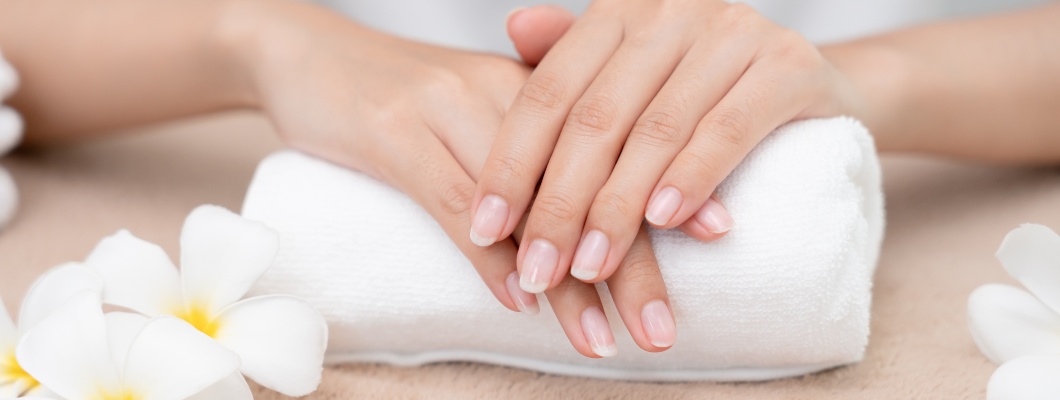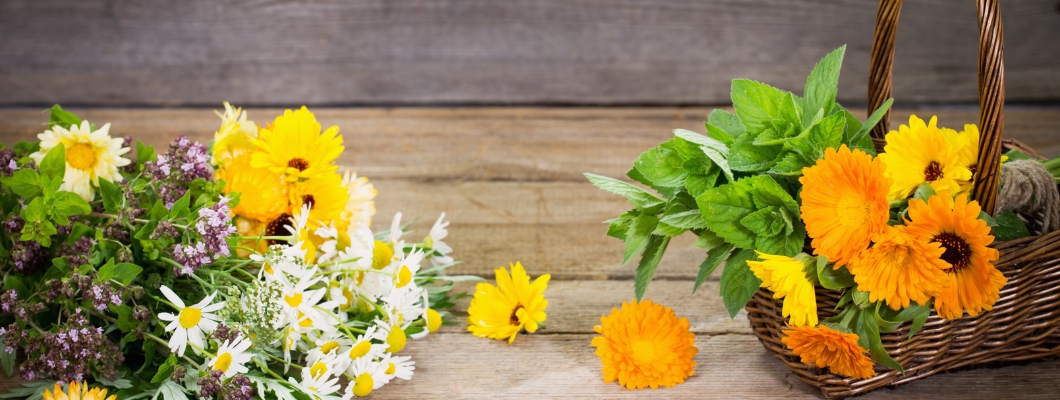Cold Sores: How to Recognize and Treat them in Time
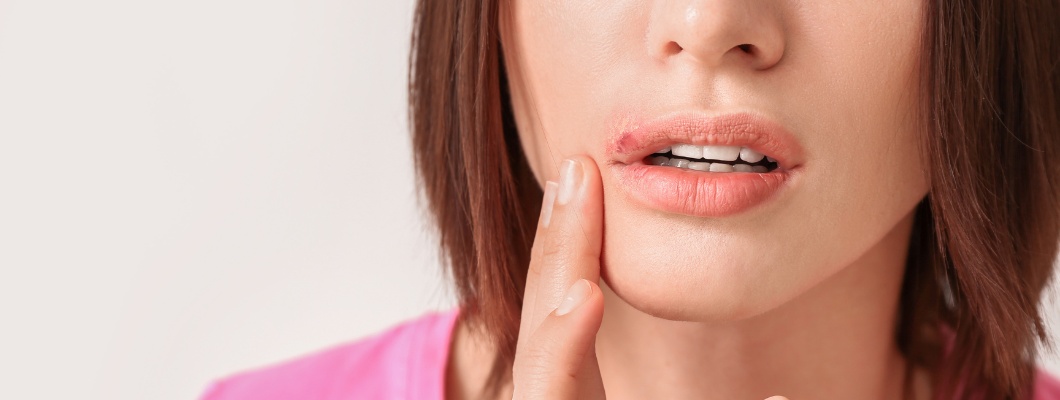
Cold sores are a common condition caused by the Herpes simplex virus (HSV-1). They can be triggered by stress, fatigue, a cold or sun exposure and often cause physical and emotional discomfort.
In this article we will look at the causes, symptoms, treatment methods and prevention of this unpleasant infection.
Table of Contents
1. What are Cold Sores?
Cold sores are not just a local infection, but part of the complex mechanism of interaction between the human body and the Herpes simplex virus (HSV-1).
After initial contact with the virus it enters the body and establishes itself in the nervous system, most often in the trigeminal ganglion. The infection can remain latent for a long period of time and be reactivated later under certain circumstances.
It is important to note that Cold sores are often the first contact a person has with the virus. The initial infection may be asymptomatic or may be accompanied by more serious symptoms such as:
- elevated temperature;
- swollen lymph nodes;
- pain in the mouth area.
A characteristic of Cold sores is that they often appear in the same places. This is due to the fact that the virus is activated in the nerve pathways where it was originally localized. Therefore, for many people, repeated infections become predictable.
In addition to localised symptoms Cold sores can have wider health consequences. In rare cases the virus can cause complications such as herpetic keratitis (an eye infection) or encephalitis.
2. Causes of Cold Sores
Cold sores are caused by the Herpes simplex virus. The virus is extremely contagious and easily transmitted and infection often occurs in childhood when the immune system is still developing.
The virus spreads through:
- Direct contact with infected skin or saliva: Direct contact with infected skin or saliva can transmit the virus even when there are no visible blisters;
- Sharing objects: Sharing cups, utensils, towels or other personal items.
In addition to external factors, there are a number of internal causes that can activate the virus and lead to the appearance of Cold sores.
These include:
- Immune response: Weakening of the immune system for example in the presence of chronic diseases or after a severe infection;
- Genetic predisposition: Some people are more susceptible to developing Cold sores due to genetic factors that affect the immune response to the virus;
- Environmental factors: Air pollution and other external irritants can affect immunity and skin health, increasing the likelihood of virus activation.
These factors explain why not all people infected with the virus develop Cold sores and why the frequency of their occurrence can vary.
3. Symptoms of Cold Sores
The symptoms of Cold sores go through several distinct stages. They can vary in intensity and duration depending on the general health of the person affected and whether the infection is primary or recurrent.
1. Feeling of discomfort
- Symptoms begin with a mild burning, itching or tingling sensation in or around the lips;
- This phase is often called the prodromal phase and lasts from a few hours to a day or two before the appearance of visible blisters.
2. Formation of visible blisters
- Small, painful blisters filled with clear or slightly yellowish fluid appear in the affected area;
- They are often grouped closely together and may cause swelling of the lips or surrounding skin;
- Their formation is associated with localized redness and increased sensitivity.
3. Bursting of the blisters
- The blisters gradually burst, leaving open sores that can be painful and prone to infection;
- This is the phase where the risk of transmitting the virus is highest.
4. Ulcer formation
- After the blisters burst, small sores form which are often covered with a clear or yellowish coating;
- The sores may cause pain when eating, talking, or touching.
5. Crust formation
- The sores begin to heal, forming dry crusts;
- At this stage there may be a feeling of tightness or itching around the affected area;
- The crusts usually fall off on their own, leaving healthy skin underneath.
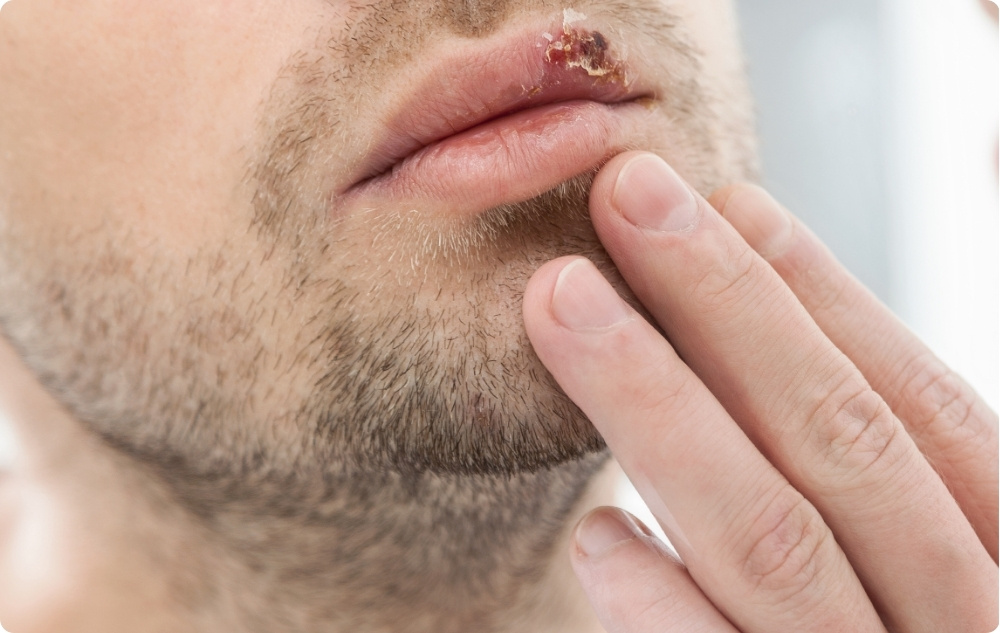
6. Full recovery
- The entire Cold sores development cycle usually takes 7 to 10 days, but in some people it can last longer;
- After healing, the skin may remain slightly red or irritated for a few days.
Additional symptoms may also occur:
- General malaise: In primary infection there may be additional symptoms such as fever, headache, swollen lymph nodes and fatigue;
- Swelling: In some cases the lips or surrounding tissues may swell significantly;
- Food sensitivity: Sour, spicy or salty foods often irritate the affected area, making eating unpleasant.
When are symptoms more severe?
Primary infection
The first episode of Cold sores is usually more severe, especially in people who have not been previously exposed to the virus.
Weakened immune system
In people with immunocompromising conditions (such as HIV/AIDS or during chemotherapy) symptoms may be more severe and last longer.
Recognizing these symptoms is important for timely initiation of treatment, which can significantly reduce the duration and severity of the infection. If you notice an unusual course or worsening of symptoms, seek medical attention.
4. How are Cold Sores Diagnosed?
Besides basic clinical observation, which includes assessment of external symptoms, there are several methods that can be used to confirm the diagnosis.
1. Visual assessment
A doctor can usually recognize Cold sores by the characteristic blisters and redness around the lips. This is the first step in diagnosis.
2. Patient history
The doctor may ask about previous outbreaks of Cold sores, potential triggers and accompanying symptoms such as fever or pain.
3. Laboratory tests
In cases of unclear symptoms or unusual manifestations of the infection, specific tests may be used:
- Virus test: A sample of the fluid in the blisters is taken to check for the presence of HSV-1;
- PCR test: This is a more sensitive method that can detect the genetic material of the virus and is especially useful in complicated cases;
- Blood tests: These can detect antibodies to the virus, which helps determine whether the infection is new or recurrent.
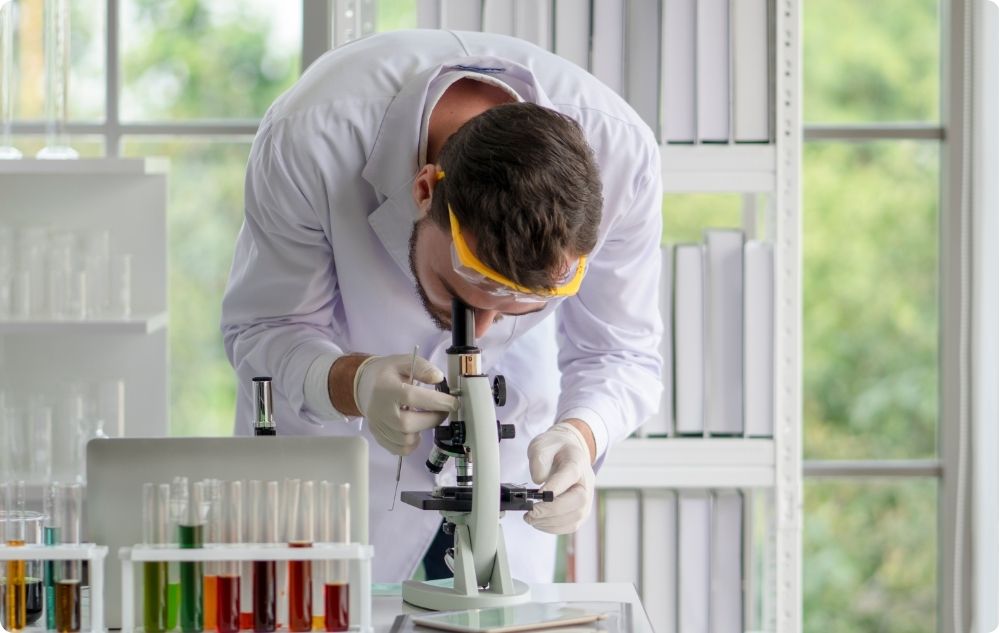
4. Differential diagnosis
In some cases the symptoms of Cold sores can be similar to those of other skin conditions such as impetigo or allergic reactions. Your doctor may perform a differential diagnosis to rule out other possibilities.
Diagnosis is often quick and easy, but for complex or frequent infections, it is advisable to seek additional consultation with a dermatologist or infectious disease specialist.
5. How are Cold Sores Treated?
Cold sores treatment aims to relieve symptoms and shorten recovery time.
In addition to the well-known antiviral medications, there are additional measures that can be taken to aid the healing process:
- Early initiation of treatment;
- Maintaining good hygiene;
- Using natural remedies;
- Moisturizing the skin;
- Sun protection.
Antiviral medications can help to deal with Cold sores faster but it is a good idea to combine treatment with home remedies such as Aloe Vera compresses or honey to relieve symptoms and speed up recovery.
While medications are effective, herbal and natural solutions are becoming increasingly popular due to their soothing and restorative properties. They not only aid in healing but also strengthen the skin and immune system.
Some of the most effective natural remedies that you can make at home include:
1. Compress with Aloe Vera
Required ingredients:
- Aloe vera gel (natural, no additives);
- Clean cotton cloth.
How to make it:
- Apply a thin layer of Aloe Vera gel directly to the Cold sore;
- Let it dry for 15-20 minutes;
- Repeat the procedure 2-3 times a day to soothe the skin.
2. Mixture with honey and turmeric
Required ingredients:
- 1 teaspoon natural honey;
- 1/2 teaspoon Turmeric powder.
How to make it:
- Mix honey and Turmeric until you get a paste;
- Apply the mixture to the affected area and leave it on for about 20 minutes;
- Rinse with warm water and pat dry.
3. Lemon Balm Tea
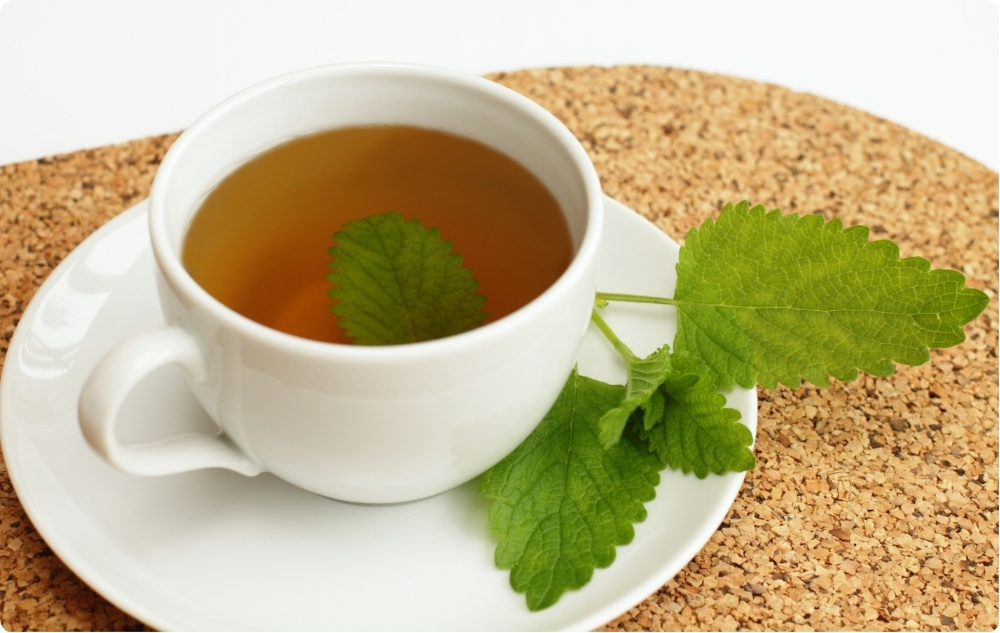
Required ingredients:
- 1 tablespoon Lemon balm;
- 200 ml hot water.
How to make it:
- Steep the Lemon Balm in hot water for 10 minutes;
- Strain the liquid and let it cool slightly;
- Using a cotton swab apply to the Cold sore several times a day.
4. Echinacea Tea
Required ingredients:
- 1 teaspoon dried Echinacea roots or flowers (or 1 tea bag);
- 250 ml boiling water.
How to make it:
- Place Echinacea in a cup or teapot;
- Pour boiling water over and let steep for 10-15 minutes;
- Strain (if using loose herb) and serve;
- Drink one cup daily.
5. Propolis Cream
Required ingredients:
- 1 teaspoon Propolis tincture (15-20% concentration);
- 2 tablespoons Coconut oil or olive oil;
- 1 teaspoon beeswax (optional, for a thicker consistency).
How to make it:
- Melt the Coconut Oil and Beeswax in a water bath;
- Add the Propolis Tincture and mix well;
- Transfer the mixture to a clean and dry glass container with a lid and let it cool;
- Apply a small amount of the cream to the affected area 2-3 times a day.
6. Chamomile Tea
Required ingredients:
- 1 tablespoon dried Chamomile flowers (or 1 tea bag);
- 250 ml boiling water;
- Honey (optional, for sweetening).
How to make it:
- Put the Chamomile in a cup and pour boiling water over it;
- Let it steep for 5-10 minutes;
- Strain (if using loose herb) and add honey if desired;
- Drink one cup at night before bed.
If you are looking for an effective and natural way to deal with Cold sores, but don't have the time or opportunity to prepare a homemade cream or tea, try our herbal Ointments for Cold sores.
6. How to Prevent the Appearance of Cold Sores?
1. Control stress
Stress is one of the most common triggers for HSV-1 reactivation. Chronic stress can weaken the immune system and increase the risk of relapse. Get enough rest and sleep to avoid physical and mental fatigue.
2. Maintain a healthy diet
The foods you eat can affect your immune system. Some foods aid in recovery and prevention, while others can trigger Cold sores.
What foods to include in your diet:
- Foods rich in Lysine: Dairy products, eggs, fish, chicken and turkey;
- Foods rich in vitamin C: Citrus fruits, peppers, kiwis and strawberries;
- Foods rich in Zinc: Seafood (oysters, shrimp), pumpkin seeds, chickpeas;
- Foods rich in antioxidants: Green leafy vegetables (spinach, broccoli), blueberries, raspberries, cherries.
What foods to avoid:
- Foods rich in Arginine: Nuts, chocolate;
- Processed and refined foods: Fast foods, carbonated drinks, biscuits, cakes;
- Alcohol and caffeine: Wine, beer, energy drinks.
3. Use sunscreen
Exposure to strong sunlight is a common cause of Цold sores. Apply lip balm with SPF 30 or higher and wear a wide-brimmed hat to protect your face.
4. Maintain good hygiene
Hygiene is a key factor in preventing the spread of the virus. Wash your hands regularly, especially if you have touched an affected area. Use your own utensils, cups and towels to avoid infecting other people.
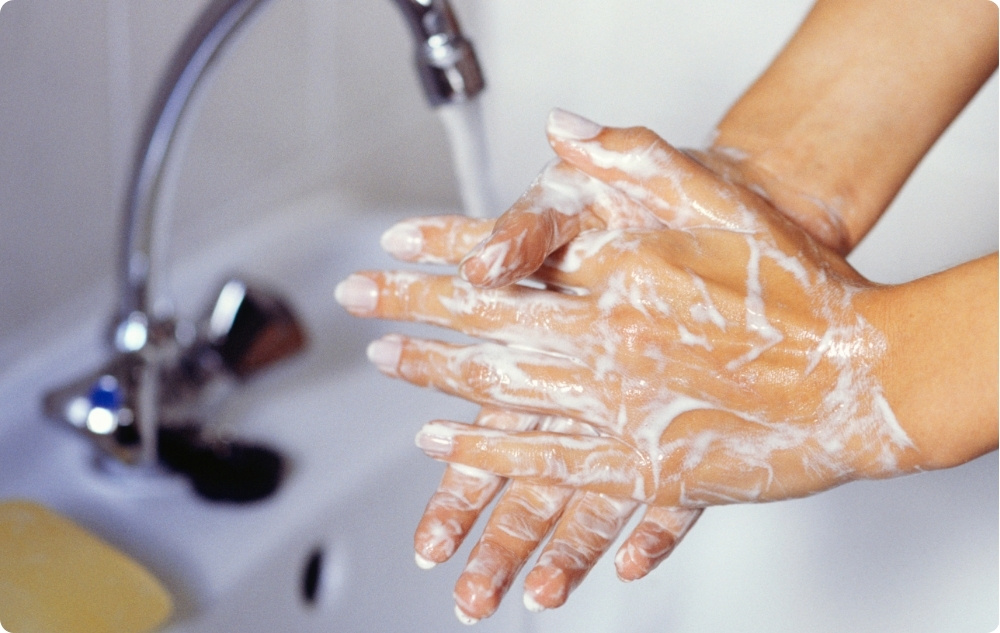
5. Exercise regularly
Physical activity strengthens the immune system and reduces stress. Include moderate cardio or yoga exercises in your daily routine. Avoid excessive exertion, which can exhaust the body.
7. When Should you See a Doctor?
Consulting a doctor is important when Цold sores occur frequently. A visit to a specialist can help with an accurate diagnosis and starting the most appropriate treatment.
Consult a specialist if:
- Cold sores occur more than four times a year. Long-term antiviral treatment may be needed to prevent future outbreaks;
- The blisters or sores do not heal for about 10-14 days. Slow healing may be a sign of a more serious condition or complication;
- The sores around the mouth become very red, swollen or start to drain pus. This may be a sign of a bacterial infection that requires antibiotic treatment.
8. Conclusion
Cold sores are a common and unpleasant condition that can cause physical discomfort and emotional distress.
If symptoms worsen, Cold sores occur frequently or do not respond to standard treatment do not hesitate to seek medical attention. With the right approach and care, Cold sores can be controlled and their impact on quality of life significantly reduced.
SOURCES:
1. Mayo Clinic: Cold Sore (04.02.2025)
2. WebMD: What Is the Herpes Simplex Virus? (04.02.2025)
